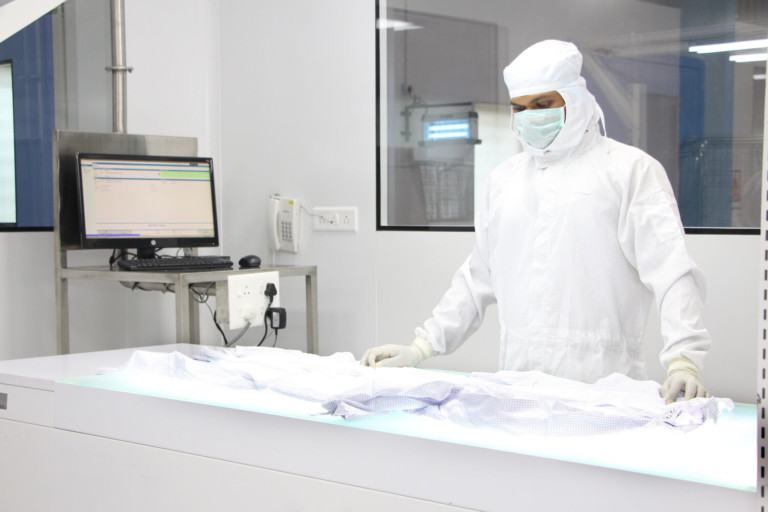Pharmaceutical Contamination Causes And Preventive Measures
Pharmaceutical manufacturing is highly vulnerable to contamination, posing significant health risks. This guide outlines the primary sources of contamination, as well as strategies for mitigation and prevention.
A common cause of contamination in pharmaceutical production is the failure to follow microbiological safety guidelines. Facilities handling hazardous chemicals, biological materials, or dangerous substances like pathogens or radioactive elements face an elevated risk of contamination.
Furthermore, human error can be a major factor in contamination. Issues such as inadequate equipment maintenance, insufficient employee training, improper handling of materials, malfunctioning air filtration systems, or mistakes during mixing procedures are frequent sources of contamination.
When contamination is suspected, it is essential to conduct a thorough and prompt investigation. Analytical testing laboratories play an important role in identifying the source of contamination. Both the pharmaceutical and biopharmaceutical sectors rely on specialized testing to isolate affected areas and perform additional assessments to ensure a safe environment.
After any contamination event, it’s crucial to review and enhance safety protocols. This could involve upgrading equipment, updating handling procedures, or making necessary structural adjustments within the facility. Routine risk assessments are key to ensuring contamination risks are consistently minimized.
For further information on managing contamination risks, please refer to the resource below.


Comments are closed.